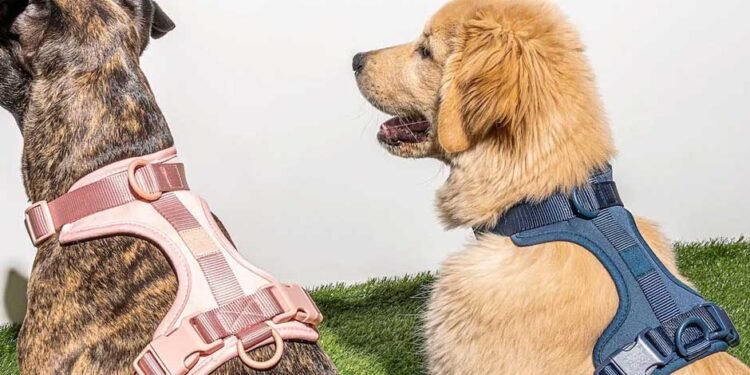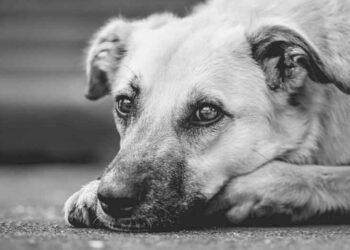Why Cleaning is Important
Maintaining the cleanliness of your dog’s harness is important for both your pet’s comfort and health, not simply appearance. Harnesses are designed to last, especially those considered the best dog harness options. However, they can harbor bacteria and odors that might irritate skin without proper cleaning. Regular cleaning ensures that these parasites are kept at bay, providing your canine with the comfort they deserve.
Moreover, a well-maintained harness guarantees its structural integrity. Reinforced stitching and durable materials can withstand weather conditions, but dirt and neglect can weaken these defenses. This degradation can lead to unexpected breakage or disintegration, risking your dog’s safety during walks.
Routine Cleaning Methods
Routine maintenance for your dog’s harness involves simple, yet effective cleaning methods to ensure its longevity. Start by checking the manufacturer’s instructions for any specific cleaning recommendations. Generally, most harnesses can be hand-washed using mild detergent and warm water. Submerge the harness and gently scrub with a soft brush to remove grime and dirt, paying close attention to straps and buckles.
Rinsing thoroughly is critical to removing any soap residue that might irritate your dog’s skin. Once cleaned, hang the harness to air dry in a shaded area to prevent the fabric and colors from fading. This method is gentle on the fabric and helps preserve the harness’s vibrant colors and durability.
Deep Cleaning Tips
A deep-clean approach may be necessary for more stubborn stains or built-up odors. To tackle the toughest grime, create a solution with water, vinegar, and a mild soap. Let the harness soak in this solution for 15-20 minutes before scrubbing. A natural deodorizer that helps get rid of smells without leaving any negative residue is vinegar.
In cases where machine washing is suitable, place the harness in a laundry bag to protect it during the wash cycle. Utilize a gentle cycle and cold water to maintain the integrity of the fabric. Ensure thorough drying in an airy environment to prevent mold or mildew development.
Troubleshooting Common Issues
Over time, even the best-maintained harnesses may present issues. One frequent problem is fraying straps. Inspect the harness regularly to catch these signs early. If significant fraying is noted, replace the harness to avoid safety hazards. Checking for signs of rust on metal buckles and clips is also important. Apply a small amount of lubricant to loosen them or consider replacing rusted components to ensure a secure fit.
Another issue dog owners may encounter is persistent odor. Deep cleaning can mitigate this, but future prevention involves washing the harness more frequently, especially after exposure to water or mud.
Expert Advice on Maintenance
Veterinary experts emphasize the importance of consistent harness maintenance. A harness should fit snugly yet comfortably, preventing your dog from slipping out or experiencing undue pressure on their body. Keeping a close watch on the fit and wear aids in ensuring your dog’s safety. Replace any harness that has become brittle or has lost its structural integrity.
Deriving expert insights from sources like the American Kennel Club (AKC) can offer additional tips on maintaining pet accessories. Experts suggest maintaining a regular cleaning schedule and setting reminders for in-depth maintenance checks. This practice prolongs the equipment’s life and maintains the hygienic standard your pet deserves.












